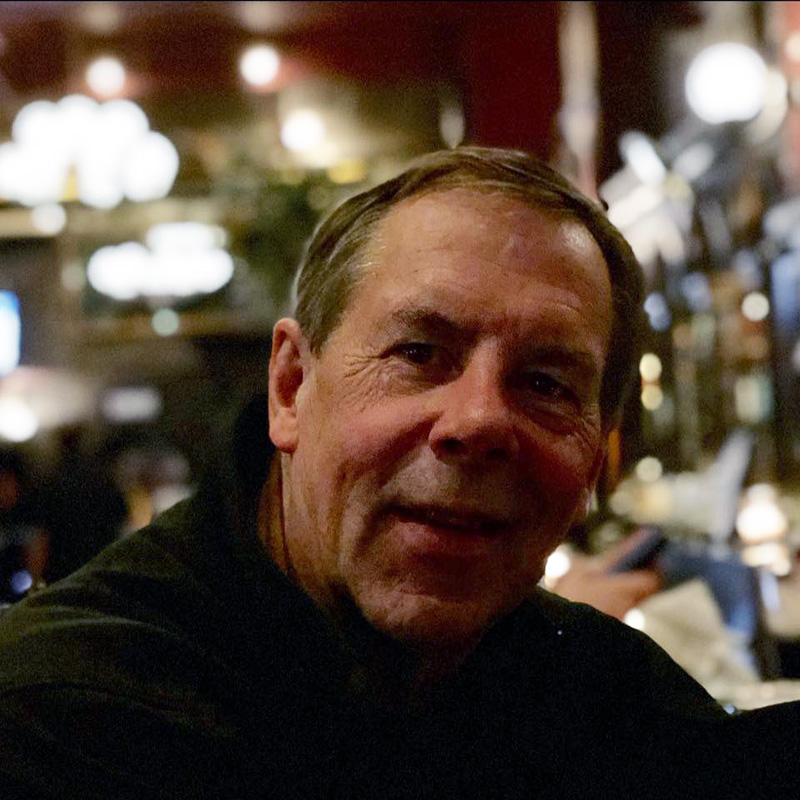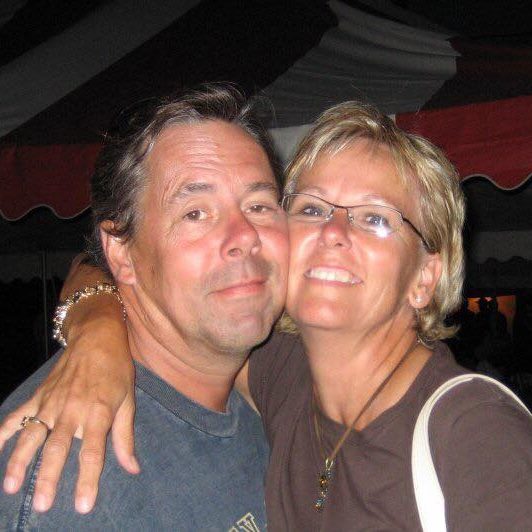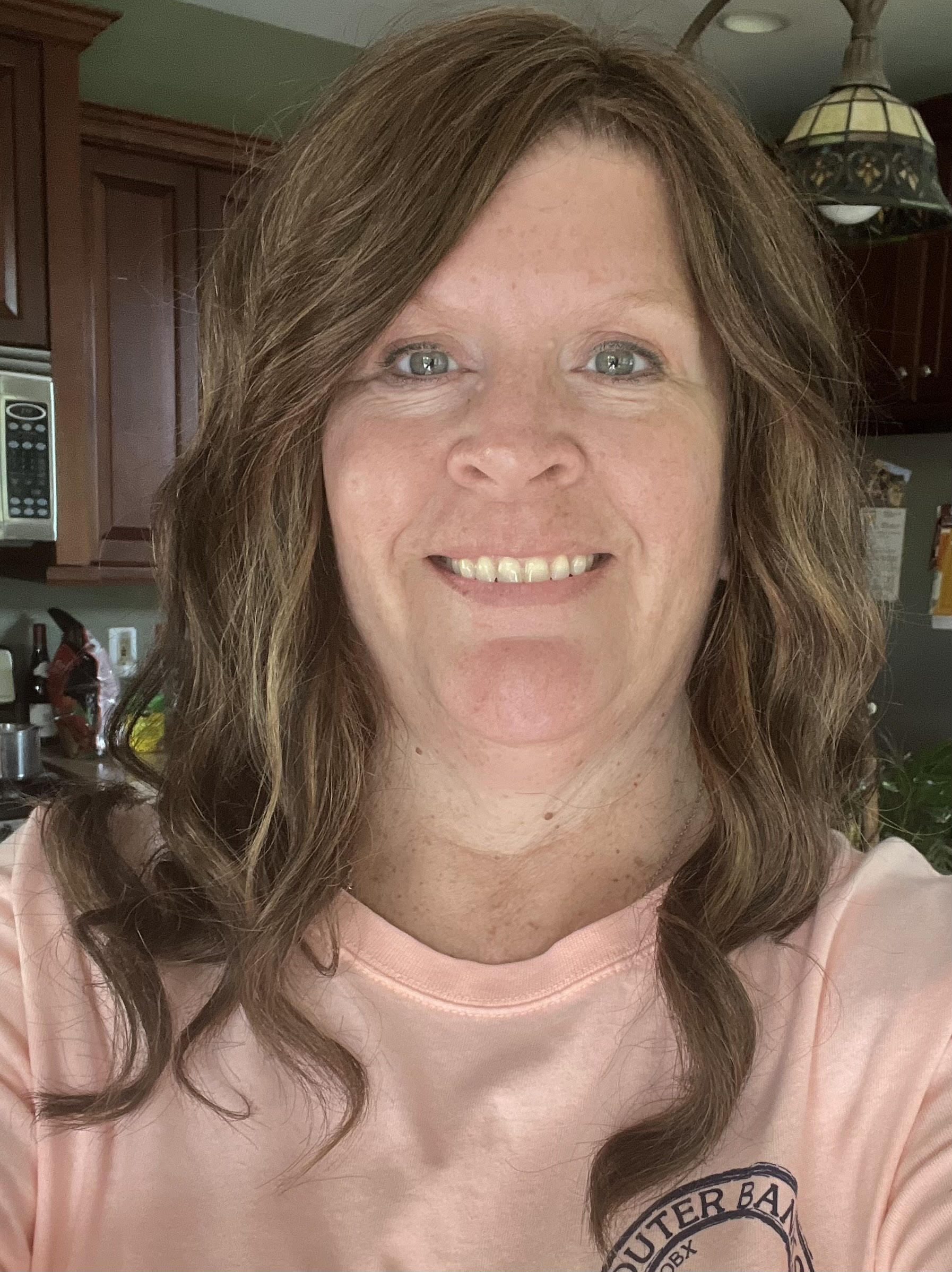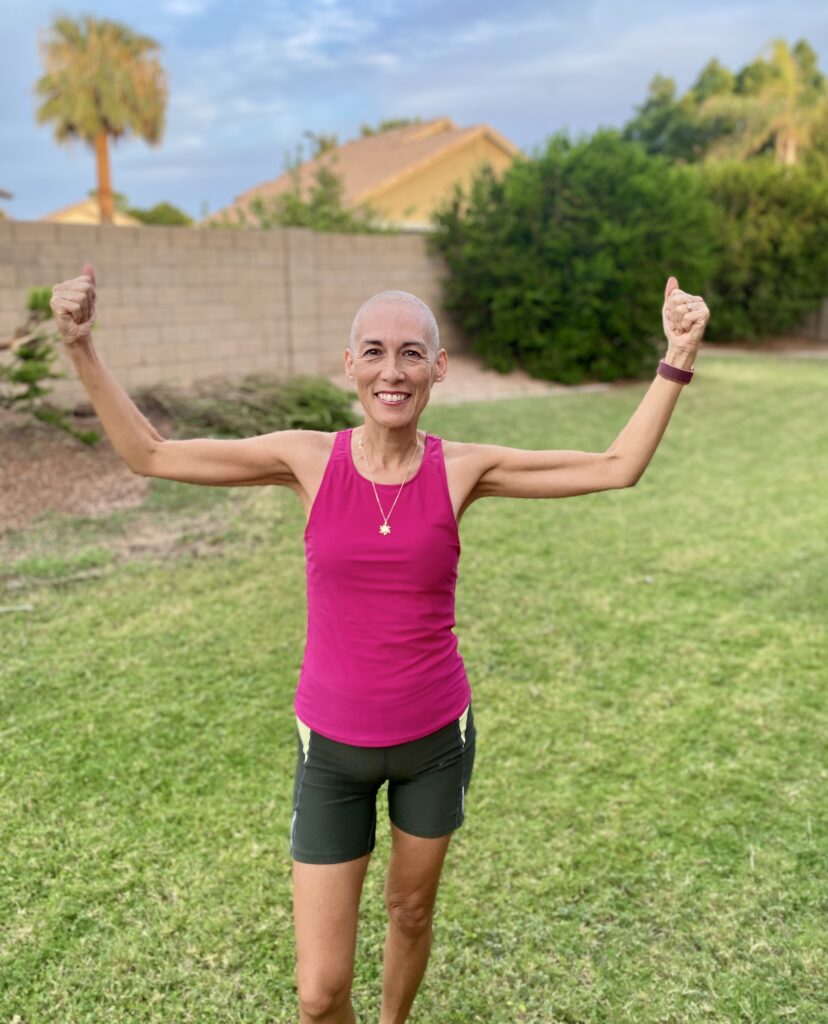Richard Welsch Pancreatic Cancer Survivor
Julia Barbant, May, 2025Given a 0.05% Chance of Survival in 1992, Richard Weltsch Marks 33 Years Cancer-Free
When doctors diagnosed Richard Weltsch with ampulla carcinoma, a condition closely related and treated similarly to pancreatic cancer, in 1992, they gave him a 0.05% chance of survival. That was more than 30 years ago, and while, at the time, Richard came to terms with the fact that he may not make it, his body had other plans.
He’d just purchased a farm machinery dealership around the time of his diagnosis, and in addition to a mortgage, a wife and two kids of his own, Richard also had thousands of customers depending on him to keep the store running – and 25 employees who had families to feed.

I couldn’t give up, I had to keep on keepin’ on.
“I couldn’t give up,” Richard said. “I had to keep on keepin’ on.”
Richard underwent a Whipple procedure, an intensive surgery often used to treat issues in the pancreas, small intestine and bile ducts. Five years later, his physician, Dr. Charles Murray, delivered news Richard never expected to hear.
“I’ve been waiting for you for five years,” Dr. Murray told Richard. “I now pronounce you cured, and I’m retiring today.” That moment marked the end of Richard’s treatment, and it also signified the start of a new chapter in Richard’s life – one that he’s still writing today.
Richard’s health crisis started back in 1992, when he began experiencing intense itching accompanied by pain above his belly button and jaundice in his eyes. An upper endoscopy revealed an obstructed bile duct, with the obstruction proving severe enough for the hospital to cancel other scheduled surgeries to get Richard on the calendar.

It’s been a lifelong digestive battle, You’re really sensitive to different foods; there’s a learning curve.
Richard’s Whipple procedure took place Dec. 19, 1992, with his surgeon removing the head of his pancreas as well as his stomach and several surrounding parts. After recovering in the hospital, he returned home, where he, like many who have had the Whipple, struggled to keep food down in the aftermath. Through trial and error, Richard discovered that he couldn’t have dairy, sugar, fats or soda, finding that the only thing he could truly stomach at first was Cream of Wheat mixed with water.
At his first post-surgery checkup, Dr. Murray told Richard that if he wanted a chance at beating his cancer, he’d need to start chemotherapy and radiation right away. Richard agreed, but the only place he could get quality treatment was 125 miles away, introducing logistical challenges that he couldn’t manage alone. Luckily, Richard had some friends and colleagues who were willing to help, and while he often found himself sick on the way home from those treatments, he had his wife, Joyce, waiting to help clean him up and get him to bed.
Slowly, Richard’s visits with Dr. Murray began to stretch farther and farther apart. First, they took place every few weeks, and then, every few months. Then, five years after his Whipple surgery, Dr. Murray dropped two bombs. First, he said, Richard had reached five years of survival, reaching a point where the likelihood of a recurrence drops substantially (although the possibility never goes away entirely). Second, Dr. Murray announced plans to retire that very day, noting that he had been waiting until he felt confident enough in Richard’s condition to do so.
It turned out Dr. Murray’s confidence was well-founded, with Richard doing relatively well, health-wise, for a while aside from having his bile ducts plug up every few years and suffering a staph infection in 2004 that led to a 106-degree fever and a 48-day stint in bed. Richard’s first bile duct issue developed around 1997, and he had another before his most recent experience in 2018. In the 2018 incident,
Richard needed stents installed in his bile duct and four shots of morphine before his pain would subside. Doctors also told Richard he’d developed E. coli along with several blood disorders, a heart arrhythmia and elevated blood pressure.
Richard tried a number of treatment options, including taking a drug called Ursodiol for his bile duct blockages. He developed severe back pain, though, and after seeing a chiropractor for relief, learned that the back pain was a likely side effect of the medication. As a result, he changed his dosage and started taking over-the-counter pain relivers instead. When his nausea and vomiting persisted, he had another endoscopy, at which point Richard’s doctor told him he now had nine stomach ulcers.
Doctors told Richard his treatment options for the ulcers were limited, so he made major changes to his diet to help alleviate his pain. He also dropped from about 185 pounds down to 132 pounds, but the dietary changes helped ease his discomfort to some degree.
While Richard’s health continued to improve over the next few years, the same didn’t hold true for his wife, Joyce. In 2019, doctors diagnosed her with HER2-positive breast cancer, a type of breast cancer that tests positive for human epidermal growth factor receptor 2, a specific type of protein. She began undergoing chemotherapy, with the pair relocating from Minnesota to a rental home in Arizona, where she continued having chemo treatments. While renting one home, Joyce fell in love with another, and the pair put an offer in on the home situated alongside a golf course on April 1, 2021.
By April 10, Joyce began experiencing dizziness, and she and Richard returned to Minnesota for a brain scan, which revealed the presence of 11 tumors. Joyce passed away Dec. 6, 2021, with her passing proving to be a profound loss for Richard, who had long leaned on her for support during his own health challenges.
Joyce’s passing also marked the beginning of a series of major changes in Richard’s life. After her diagnosis, Richard stepped away from the highly successful company he owned to spend more time caring for her. He ended up turning his home in Minnesota over to his daughter and his farm-equipment business to his son, and he now splits his time between Buckeye, Arizona, in the winter and Crosslake, Minnesota, in the summer. He also makes periodic trips to see family in Redwood Falls, Minnesota, throughout the year.
Navigating so much change at once took an emotional toll on Richard, and adjusting to a new home and routine also presented its own set of challenges. Still, Richard takes comfort in knowing that his experience with ampulla carcinoma has meaning beyond his own survival. While he’s had a chance to start sharing his story with other people facing similar health challenges, his doctor also presented his case at a cancer symposium in the mid-1990s, demonstrating to a group of oncologists that, sometimes, difficult odds can be overcome.
Richard also has some words of advice for others facing health hurdles similar to his own, encouraging them to “Grab a source and start reading” and become as knowledgeable about their conditions and potential treatment options as possible. He also encourages those who’ve had the Whipple to watch their diets and recognize that finding out what you can and cannot eat after the procedure takes time.
“It’s been a lifelong digestive battle,” Richard said. “You’re really sensitive to different foods; there’s a learning curve.”
Richard also recognizes that he may be one of the longest-living survivors of a Whipple surgery.
“I haven’t found any info to dispute that,” he said. “But then, most people don’t put the positive stories out there.”
Now, more than three decades after his own Whipple surgery, Richard hopes to help change that. He also wants to make sure that more people to hear the stories that prove that survival is possible, even when the odds say otherwise.
Richard has shown no signs of active cancer since his Whipple surgery in December 1992.
MORE WARRIOR STORIES

Chris Davis
Persistence & Hope in the Face of Pancreatic Cancer: Chris Davis’s Story

Burt Rosen
Burt Rosen Has Multiple Cancers, But He Doesn’t Want Pity: He Wants to Change the Conversation.

Christine Wells
For Christine Wells, Traditional Treatments, Lifestyle Changes & Holistic Practices Were the Keys to Fighting Pancreatic Cancer
